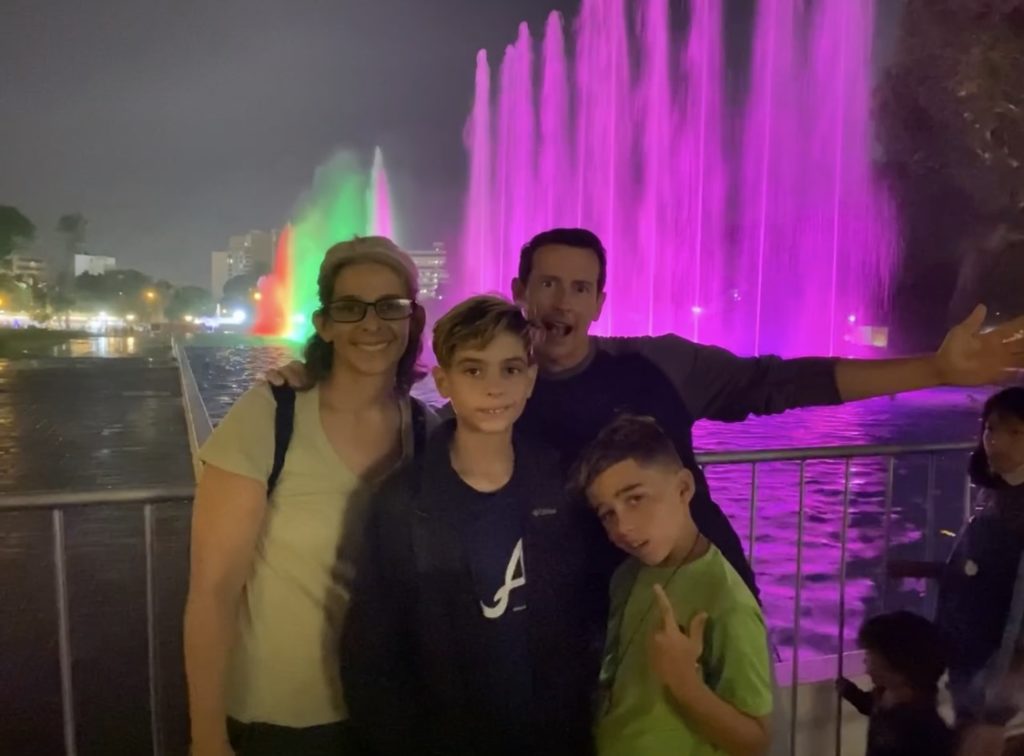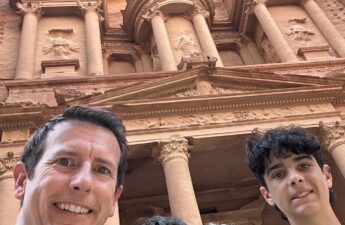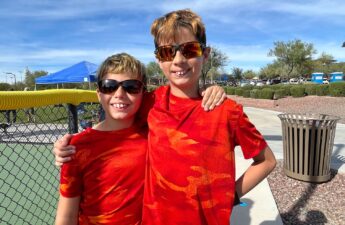After three months in Ecuador, we packed up our belongings and headed to Peru. The flight from Guayaquil to Lima is under two hours.

We flew on a Monday, and the airports were empty. We got through immigration in Peru in less than 5 minutes. At the time we traveled, we did not need COVID tests. Peru required either a COVID test or proof of vaccination (including the booster shot for people over 40). We had to show proof of onward travel.
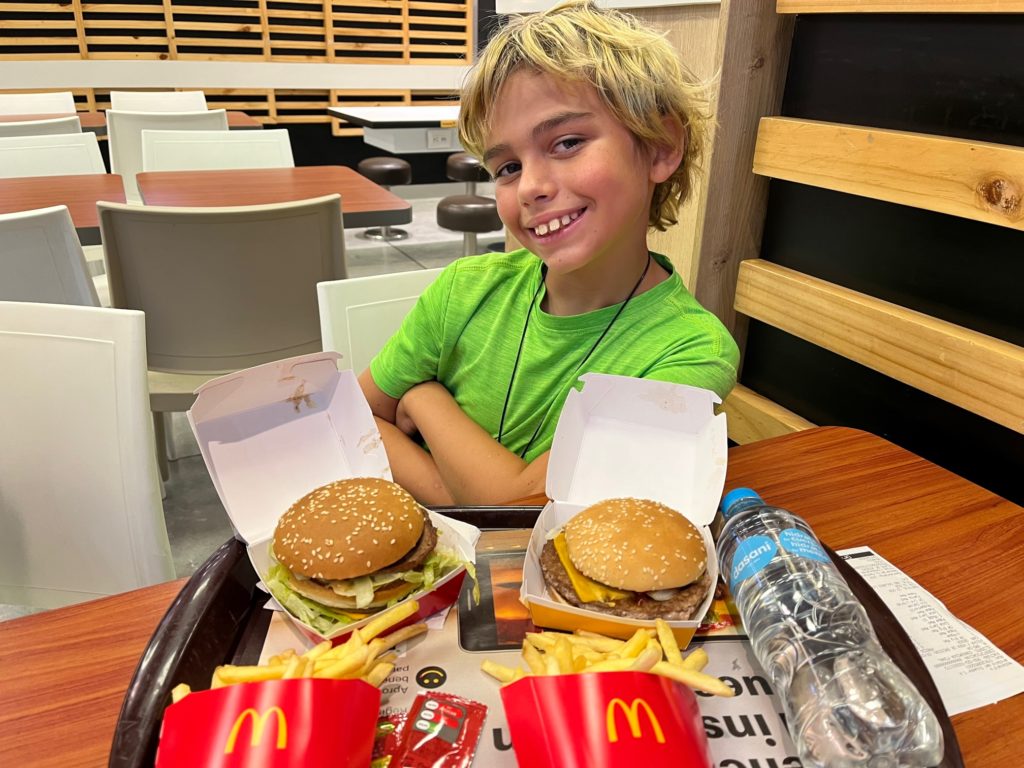
Uber and other rideshare apps like Cabby and Beat are the best ways to get around Lima. Many people told us to be wary of taxis because they are not safe and/or they are more expensive. Uber is by far the cheapest. The taxi stands inside the airport are the next best option. The taxis outside the airport are expensive. We did some price investigation for the cost of a taxi to our first Airbnb. A taxi booking made in the airport was $15, a taxi booked outside the airport is $25 and an Uber was just $3.
There is a Claro SIM card stand in the airport where you can get a phone plan to get data for Uber.
We have been told several times to keep windows rolled up when driving and not have valuables like cellphones visible. There are many areas of Lima that we were told are not safe to walk in, even during the day. We did not run into any trouble, but we tried to stay in the areas that we were told are safe.
My brother and his family came to Peru to visit us for two weeks. Our first Airbnb was in San Miguel in Lima. Three people told us that our Airbnb was not in a nice area and that we should not walk more than a block into the city from our place.
The Airbnb was a tiny four-bedroom place. It has a pool on the rooftop terrace and a beautiful view of the ocean. San Miguel is about 20 minutes by car from Miraflores, which is a nice, safer, and touristy part of Lima.
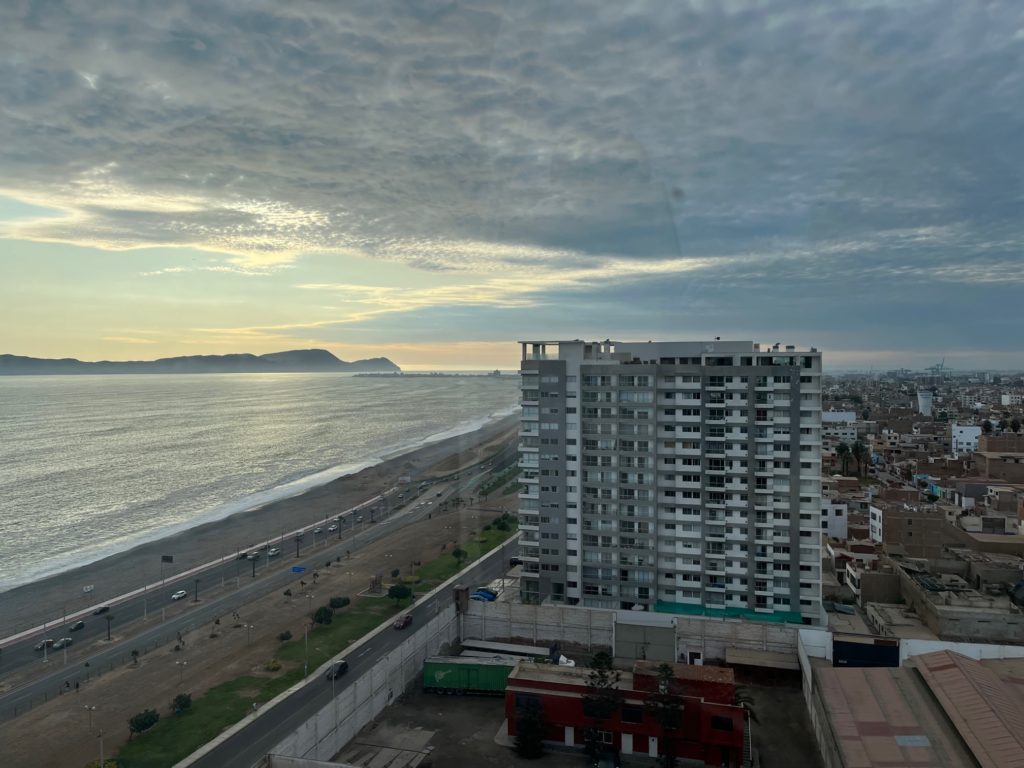
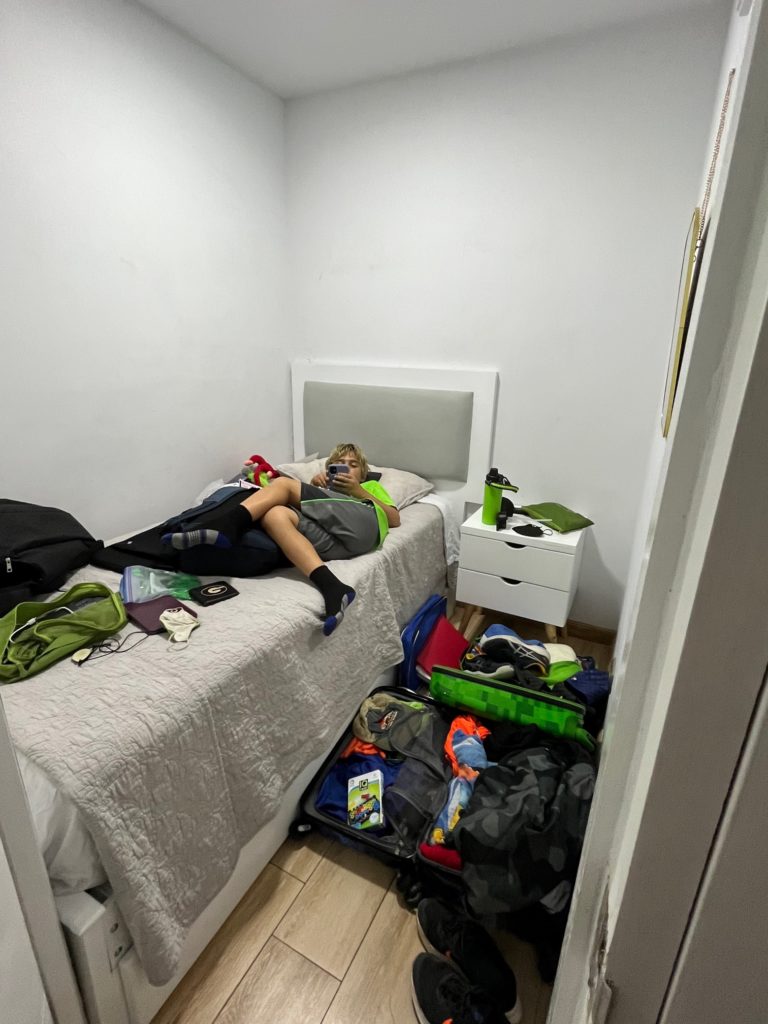
On our first full day, we hired a guide, Ignacio, to take us on a four-hour intro tour of several neighborhoods in the city. Ignacio shared a lot of history about the city. The tour is a great way to get a sense of the city and the lay of the land.
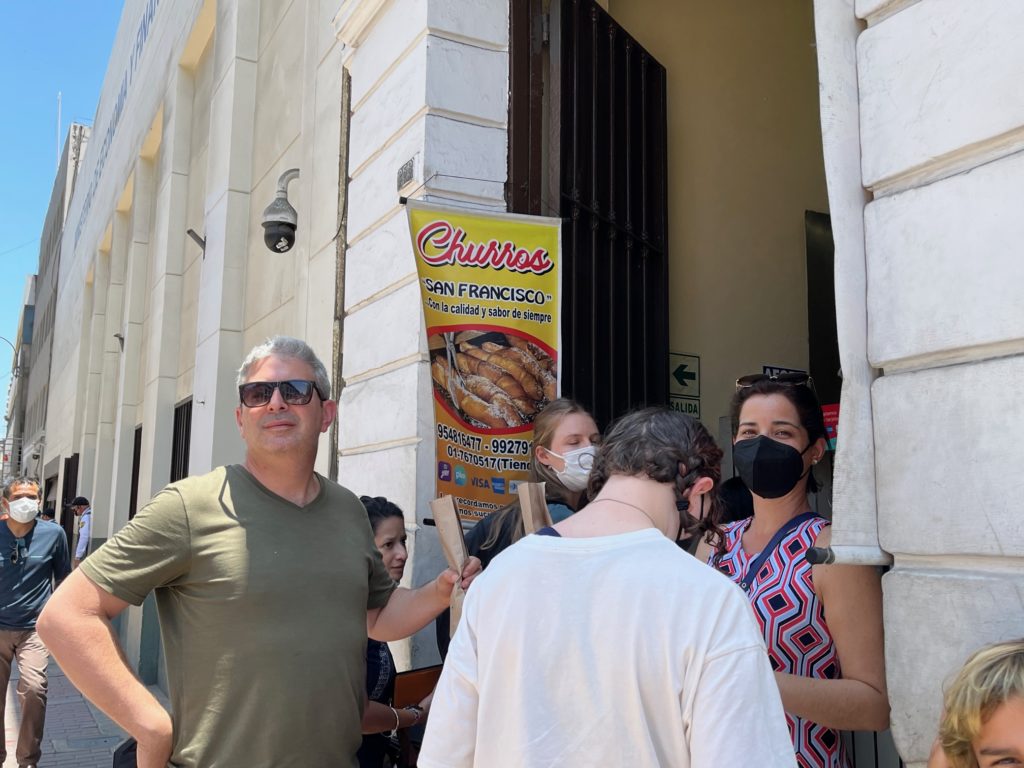
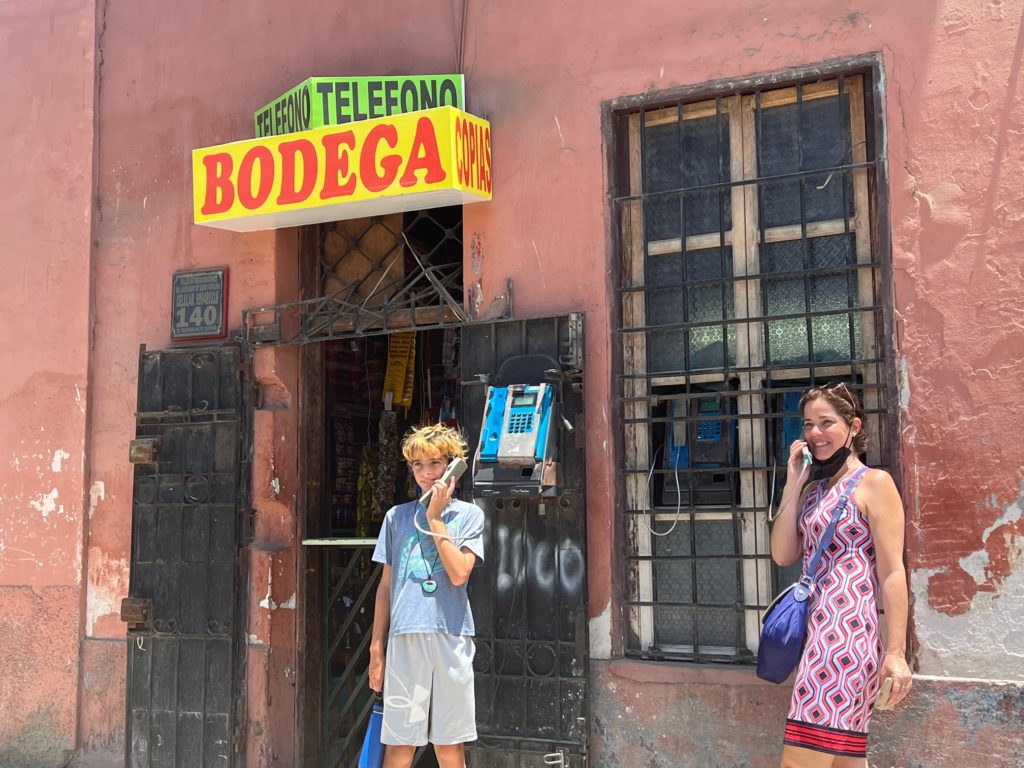
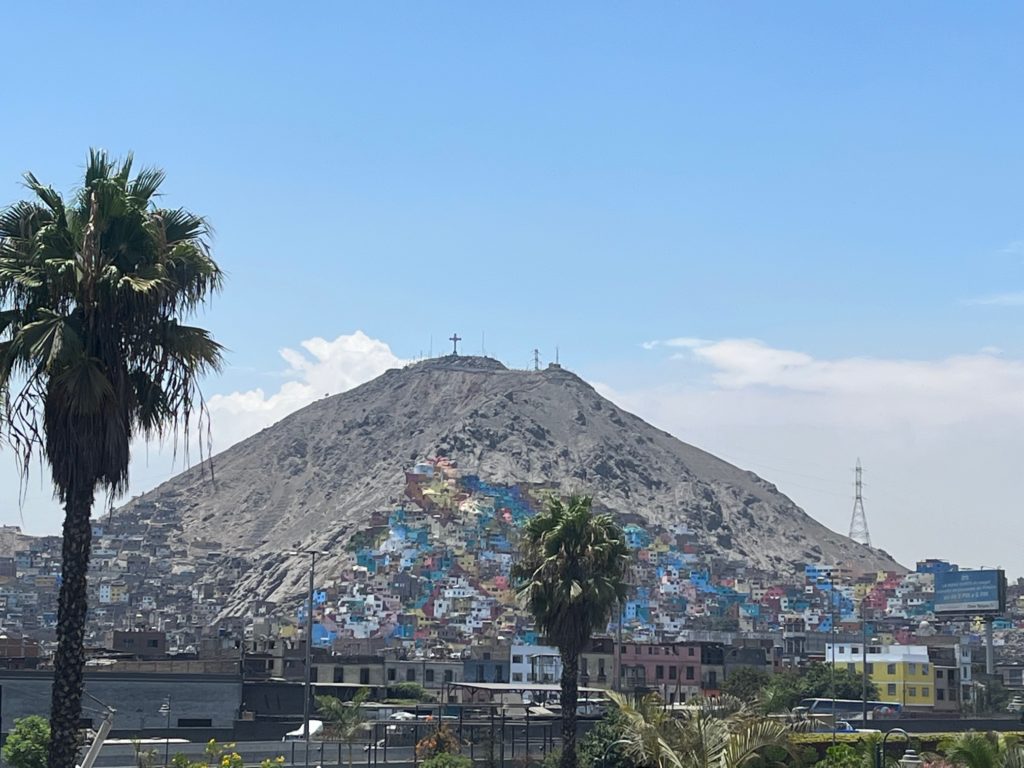
Part of the tour was visiting the square with the presidential palace. Protests were taking place that day. After we walked through the square, Peru’s Congress approved the start of impeachment proceedings against President Pedro Castillo over allegations of corruption.
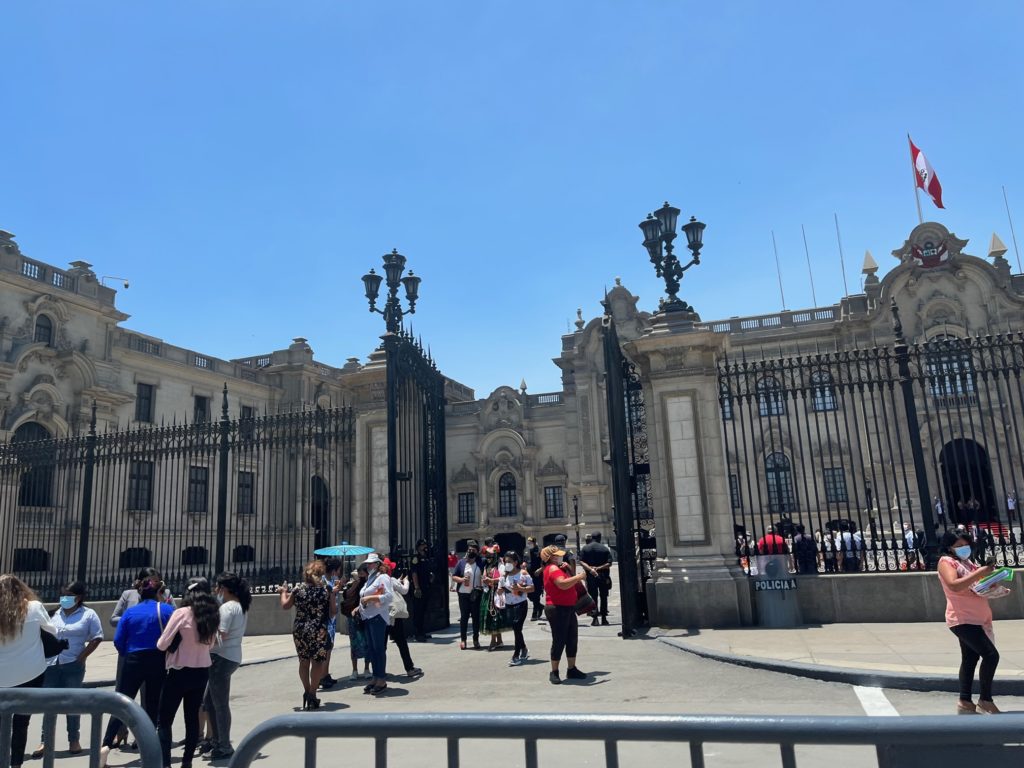
Lima is the capital of Peru. It has a population of 10 million people. The city sits on top of cliffs overlooking the Ocean, and Inca ruins lay next to modern buildings. Lima is home to one of the oldest institutions of higher learning in the new world, the National University of San Marcos founded in 1551.
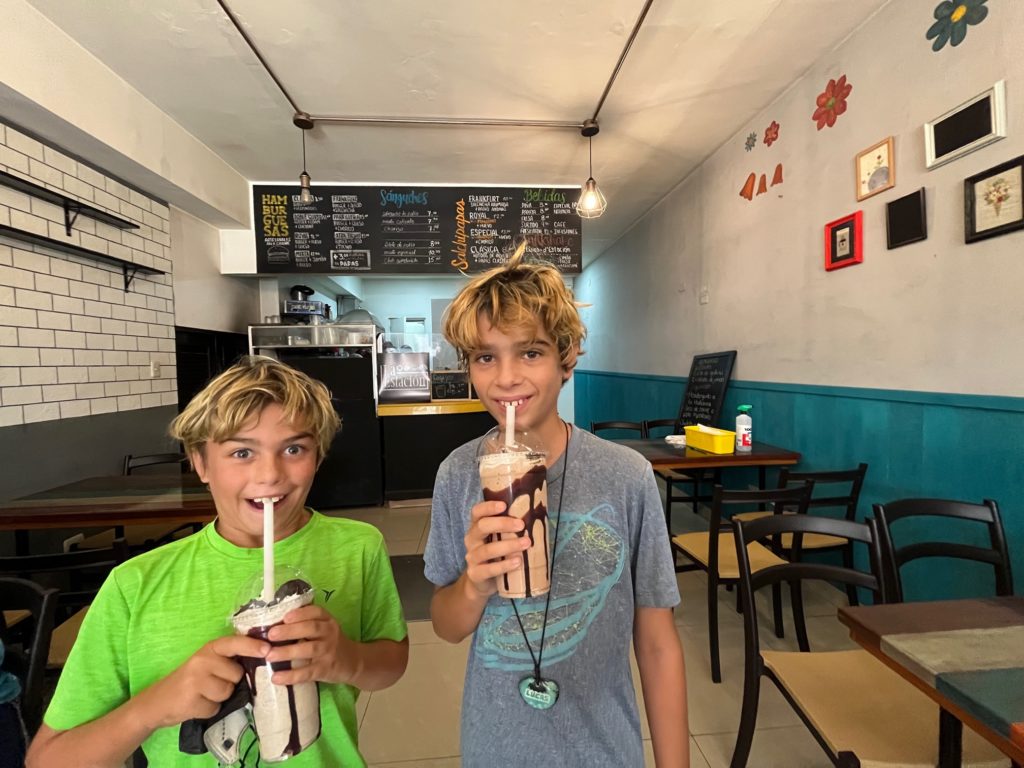
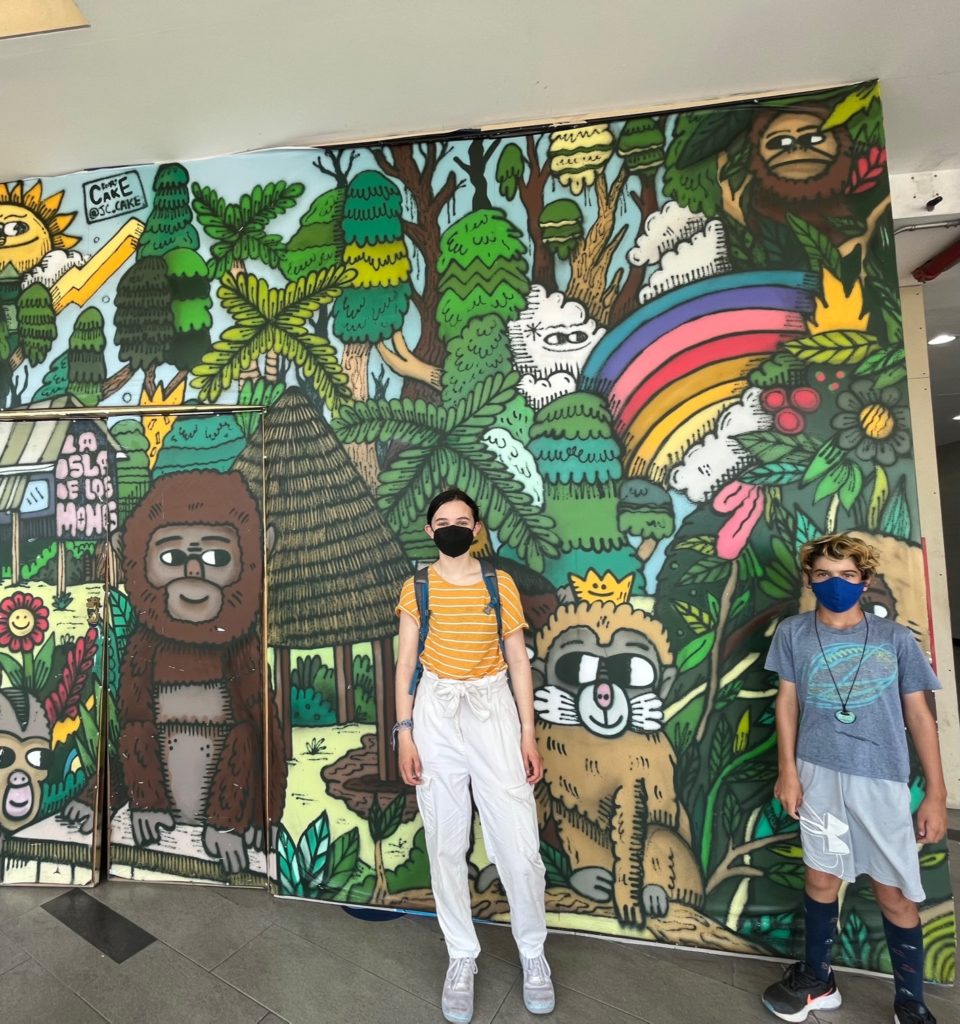
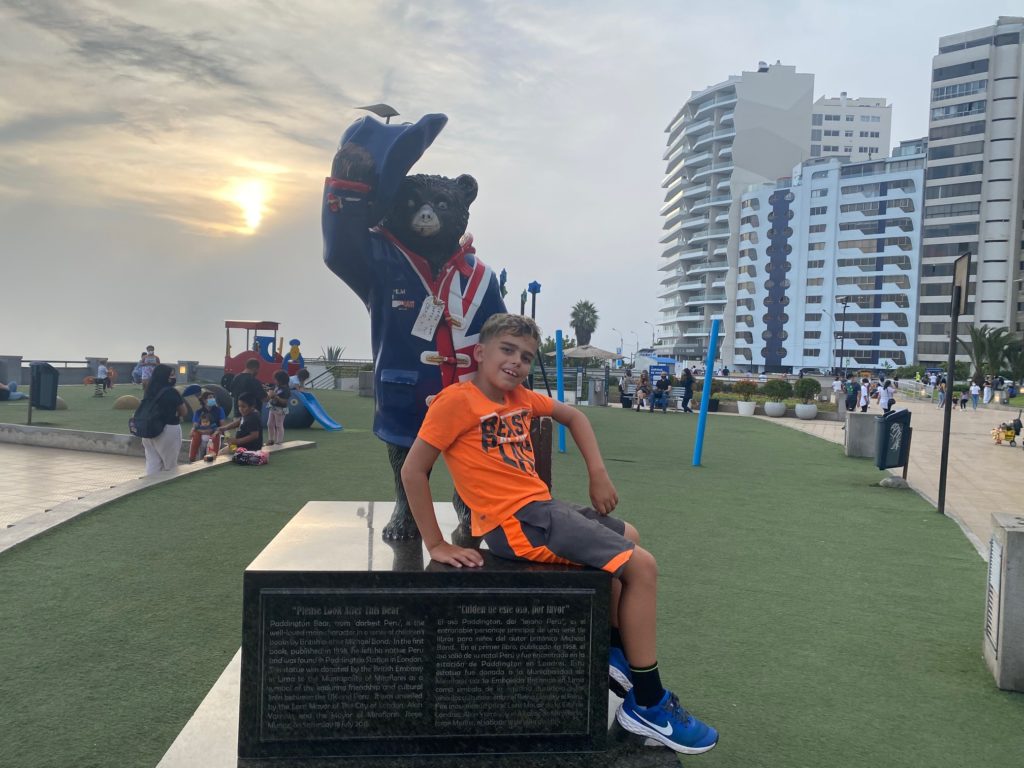
After the tour, we had a delicious lunch at a restaurant called La Plazita. We ate ceviche, steak, and pasta. Michael and Sam drank Pisco sours. The food in Lima is incredible.
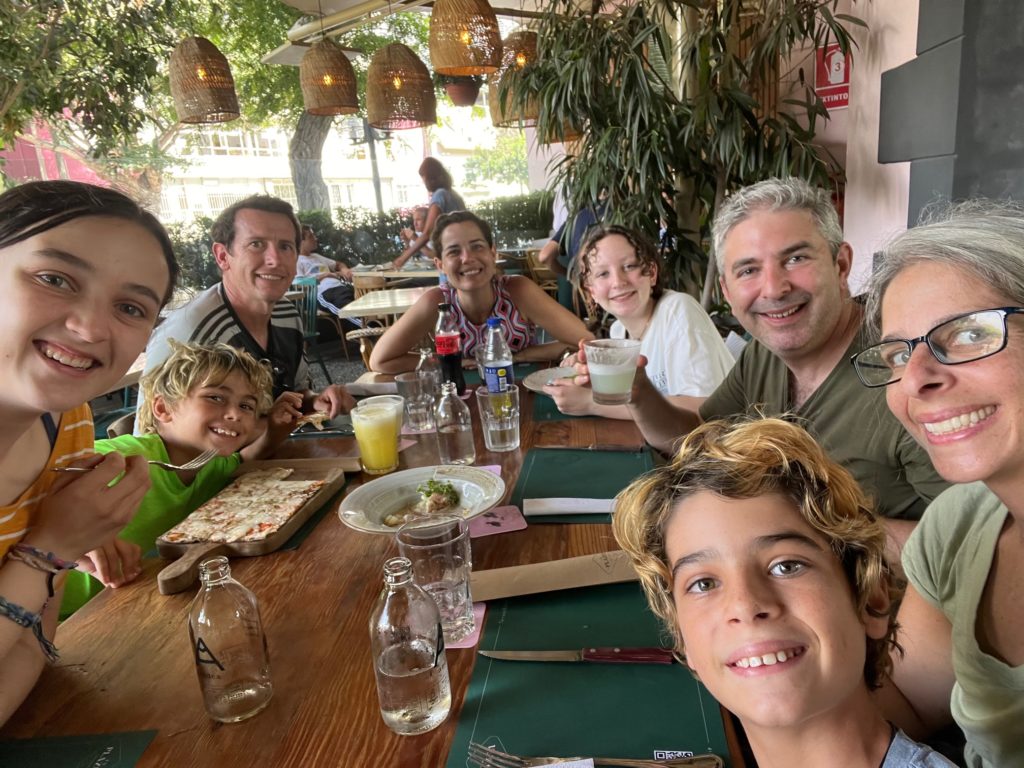
On day two we hung around our first Airbnb neighborhood, San Miguel.
Michael, Lucas, Henry, and my brother Sam got haircuts. Michael went first. While he was getting his haircut, Sam and Lucas found delicious empanadas next door. While Henry was getting his haircut, our niece Nell and I practiced our Spanish with the owner’s wife. We were talking about music and family.
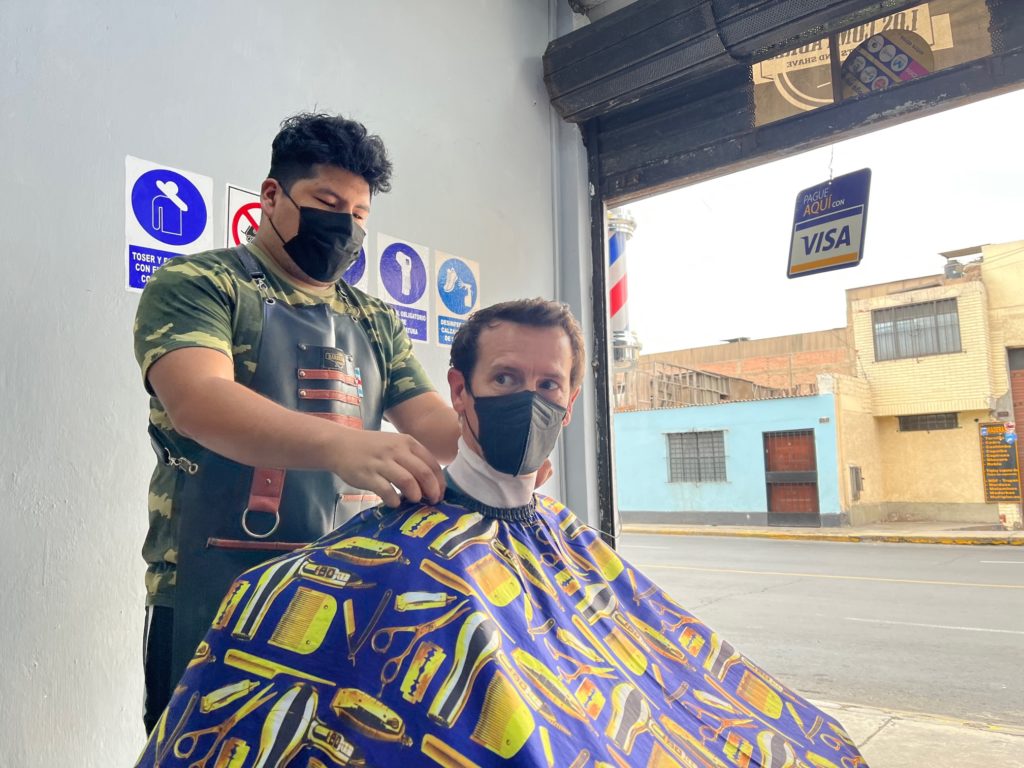
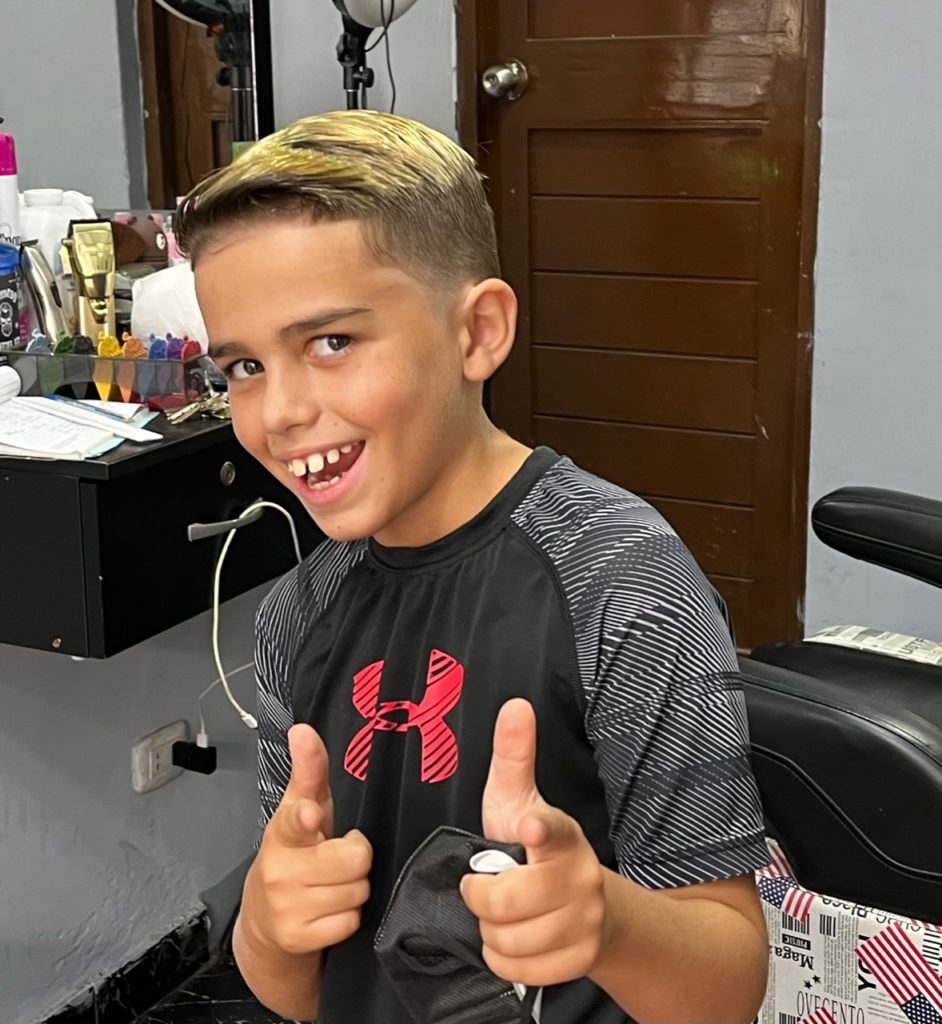
Sam and Lucas ended up going to a different barbershop. It was a three-hour barber/spa/arcade/bar experience. They got their hair cut, Sam got a facial, they played video games, and Sam drank beer while Lucas had a coke. After the haircuts, we had a quiet night hanging out at the rooftop pool at our Airbnb. Nell taught us a fun card game called Scriptsie.
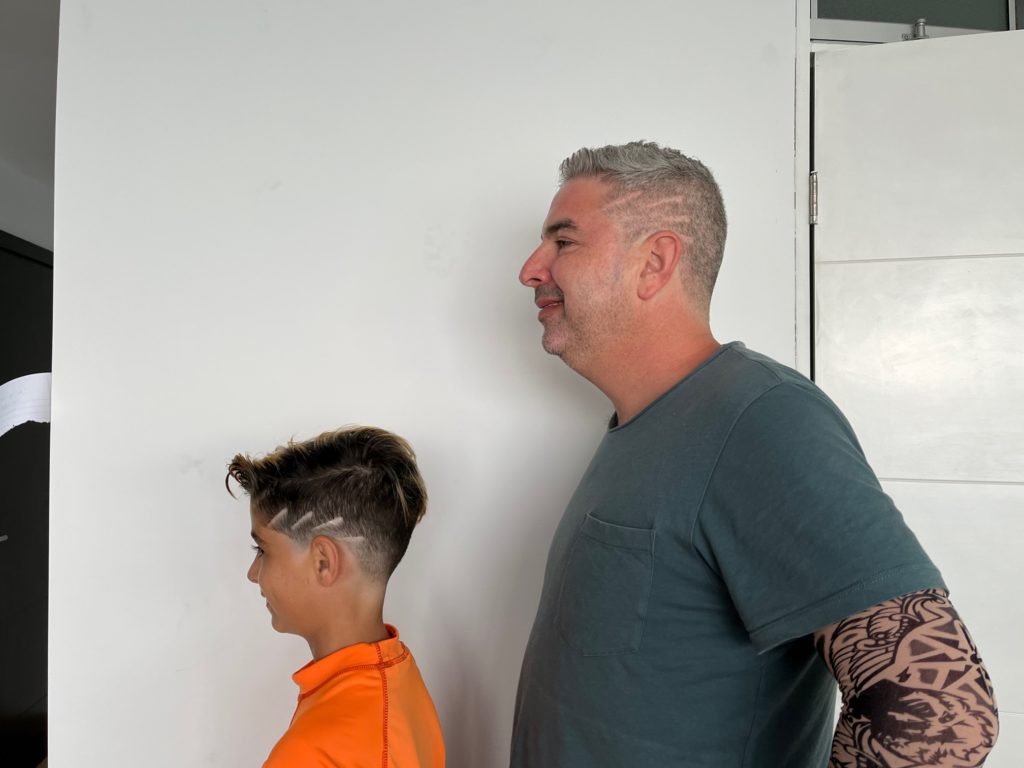
We decided to go check out the Circuito Mágico del Agua (Magic Water Circuit). It is a series of illuminated water fountains in Lima. It costs S/1 per person to get in. There are vendors inside selling carnival food and trinkets.
